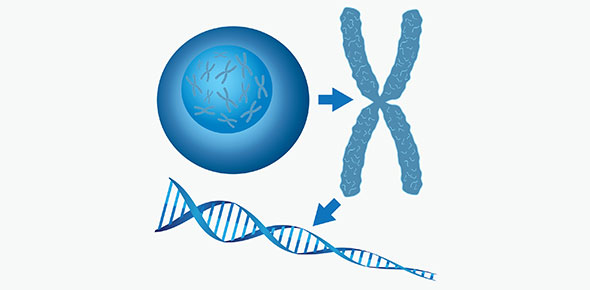Related Flashcards
Related Topics
Cards In This Set
| Front | Back |
|
Remediation
|
An intervention approach designed to change client variables to establish a skill or ability that has not yet developed or to restore a skill or ability that has been impaired.. In other words it involves addressing the underlying deficits (ie performance components of an individual) that lead to difficulties with daily living skills.
|
|
Compensation/ Adaptation
|
Intervention approach designed to accommodate residual abilities by revising the current context/environment or activity demands to support performance in the natural setting. In other words, it involves adapting around a skill deficit to find an alternate way that the task can be accomplished. It usually involves making changes to the way the task is done or to the environment in which it is performed.
|
|
Maintain
|
An intervention approach designed to provide the supports that will allow a client to preserve the performance capabilities that they have regained, that continue to meet their occupational needs or both. (eg stretching program prior to work).
|
|
Grading of activity
|
Involves modifying an activity to obtain the client's optimal performance. It is providing the client with the "just right" demand for performance.
|
|
Create/Promote
|
An intervention approach that does not assume a disability is present or that any factors would interfere with performance. Designed to provided enriched environments and activity experiences that will enhance performance for all persons in the natural contexts (environments) of life. Examples would be workplace health, health promotion, universal design, etc.
|
|
Prevention
|
An intervention approach to address clients with or without a disability who are at risk for occupational performance problems. It is designed to prevent the occurrence of barriers to performance. Examples teaching body mechanics, stress management, workplace safety, ergonomics.
|
|
Adjunctive methods
|
Used to prepare client for performance and participation. The client is more of a passive recipient to this type of treatment. The methods are designed to maintain or remedy a function of the body. May also include education (written & verbal) and showing adaptive equipment options.
Examples passive exercise & stretches, positioning, orthotics, physical agent modalities (PAMs) etc. |
|
Physical Agent Modalities
|
Type of adjunctive method. The use of light, sound, water, electricity and temperature which result in soft tissue response.
|
|
Enabling Activities
|
Also known as Simulating activities. Interventions that focus on performance skills and simulate purposeful activities. They are not purposeful and there is no inherent goal in the activity. they require more active involvement of client than in adjunct methods.
Examples: sanding boards, work simulator, peg boards, practice boards, demonstrate use of adaptive equipment. |
|
Purposeful activity
|
Activity that has a pre-determined goal that is meaningful to a client. It involves coordination of multiple systems (physical, cognitive, sensory, psycho-social). The activity facilities practice and problem solving and the individual is an active participant. The activity has a beginning and an end. Example- practice dressing in OT clinic, practice use of adaptive equipment, games, role playing (anger management), simple craft activity.
|
|
Occupation Based Activity
|
Activities that directly relate to areas of occupation for the client. It is an activity that is perceived as desirable to the client, matches individualized goals and occur in the appropriate context
Example: Perform safe transfers, Dress at usual time using adaptive aids, Problem solve potential barriers in home and community environments. |
|
Treatment Continuum
|
The process begins at onset of disability and ends at restoration of individual to maximal level of independence. It is a gradual movement of a client from disease/disability toward health and ability. The best outcome is maximal possible functional return for the client related to occupational performance.
|






